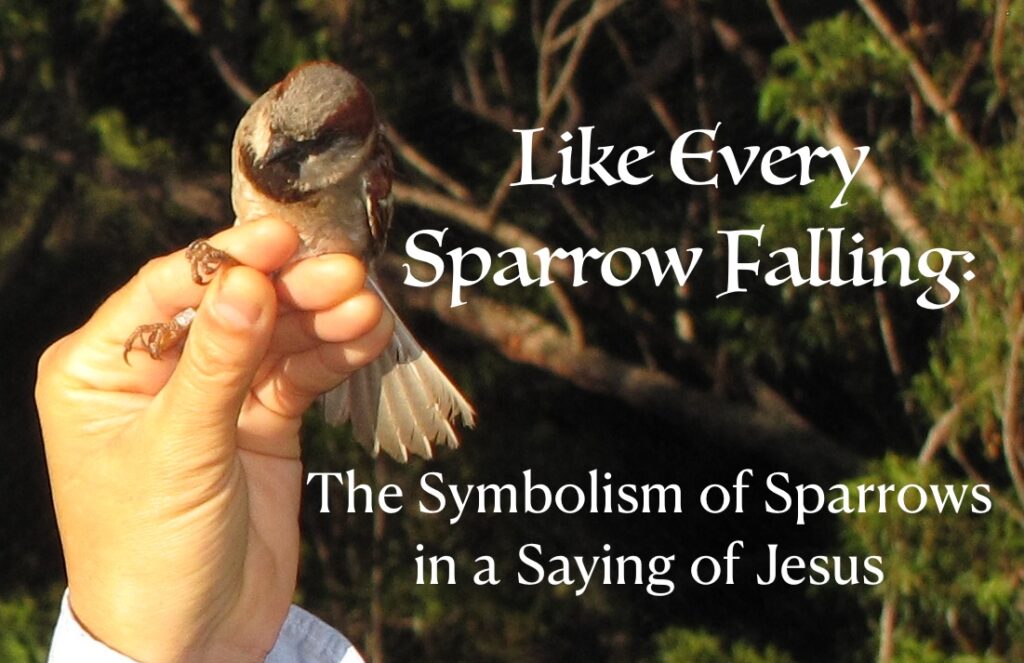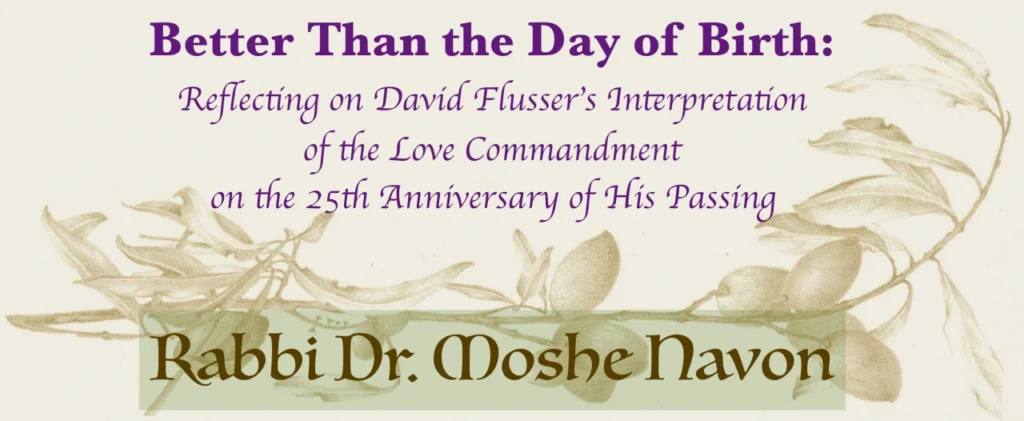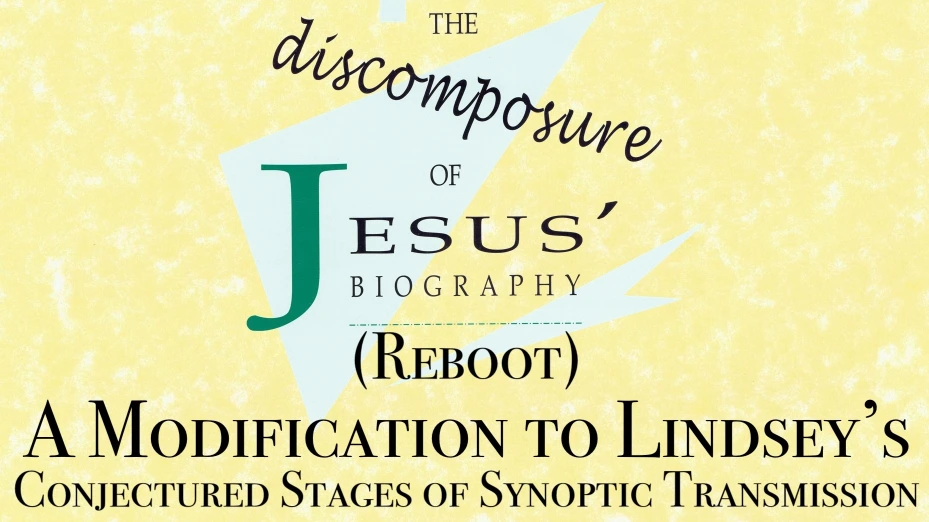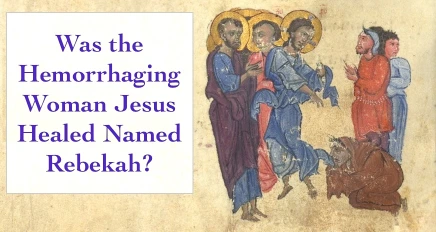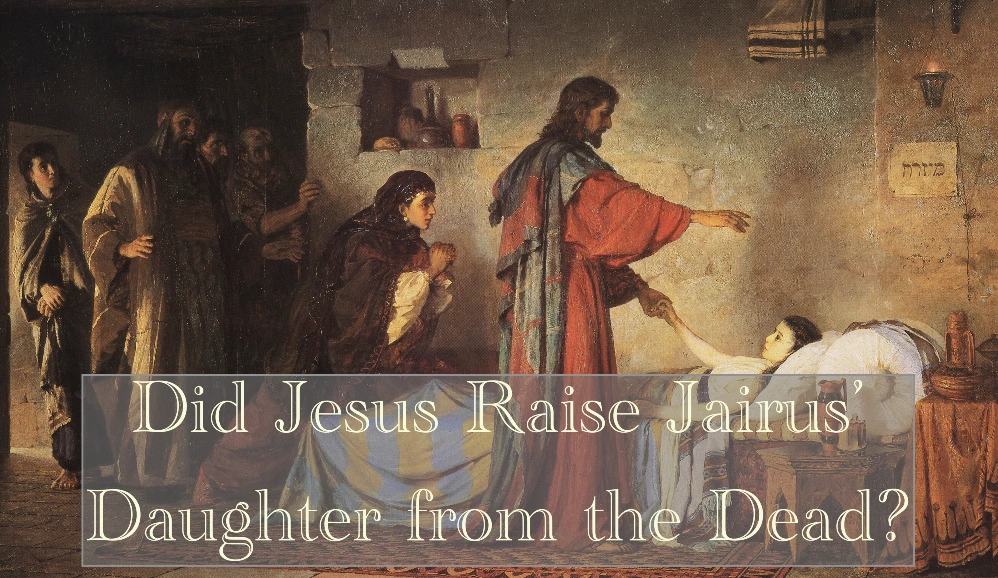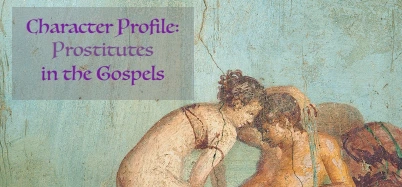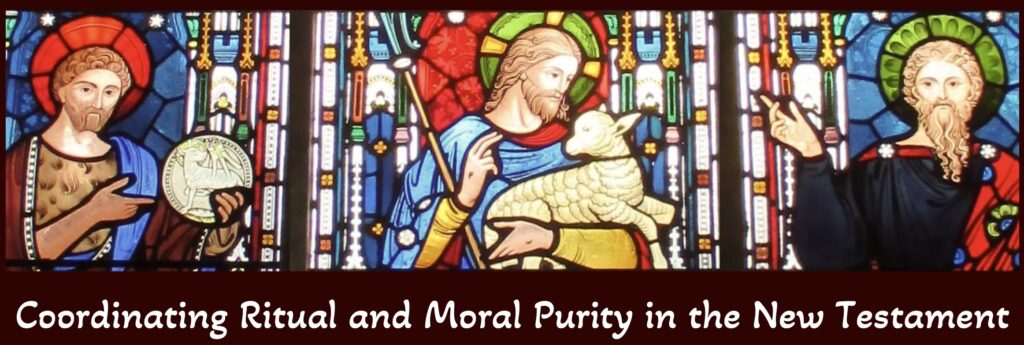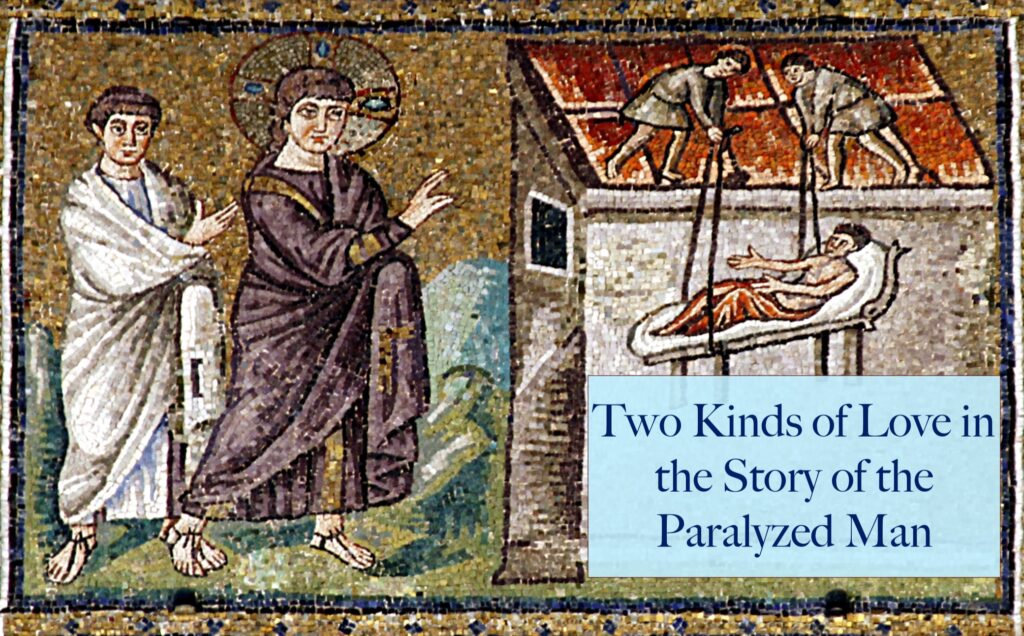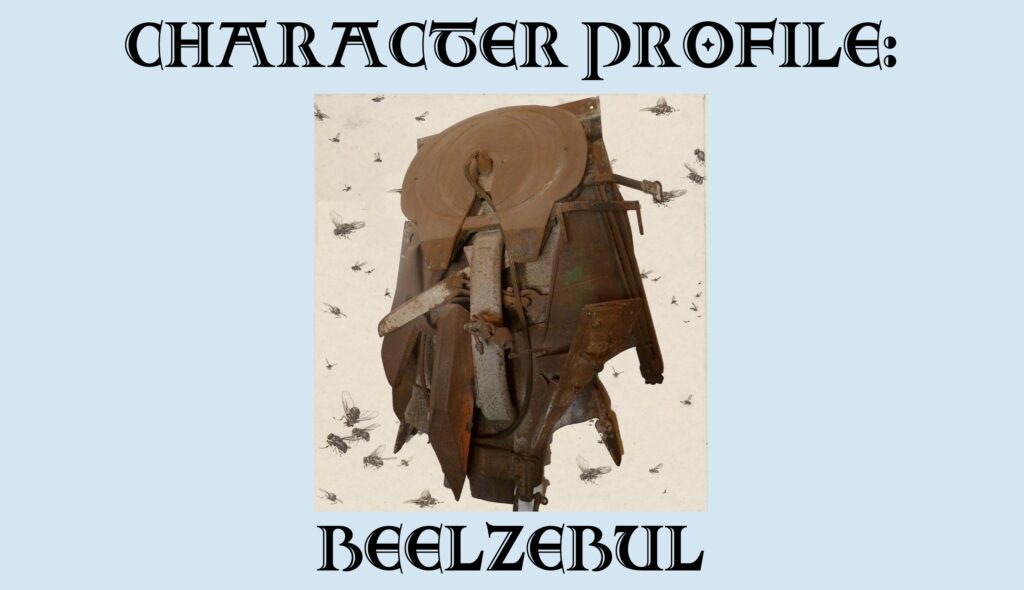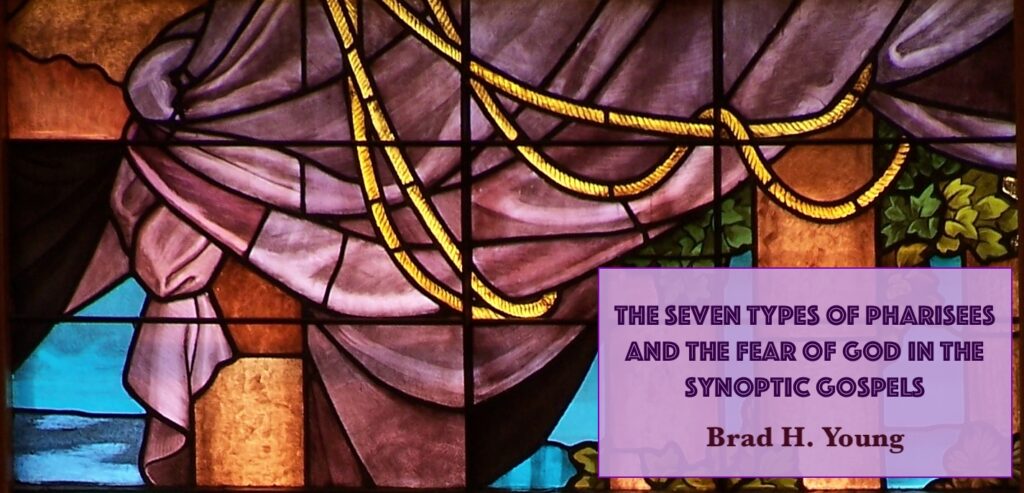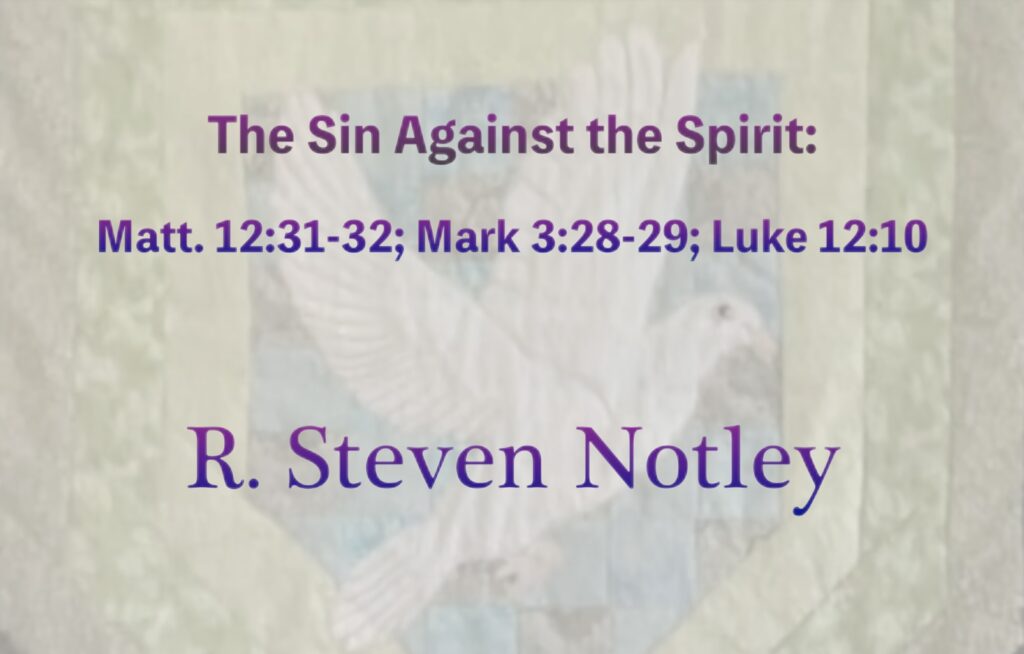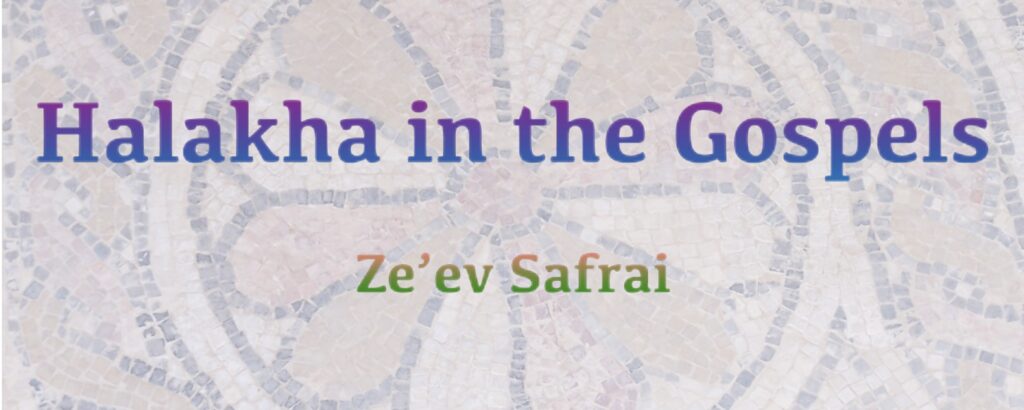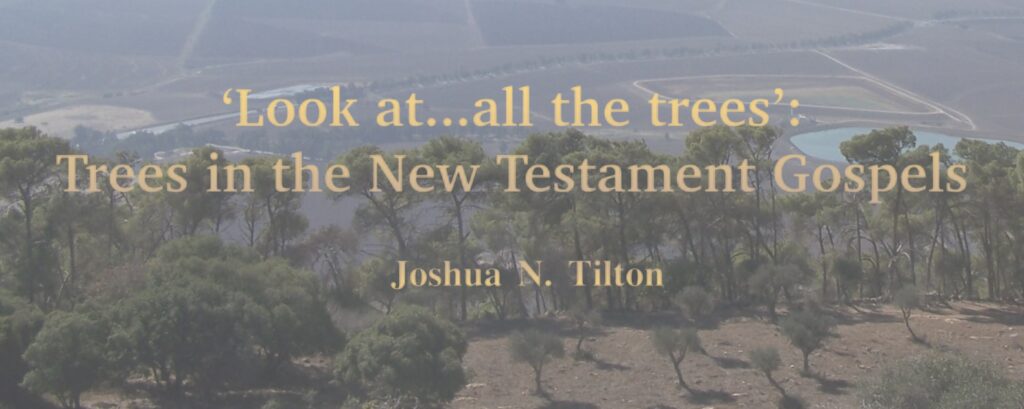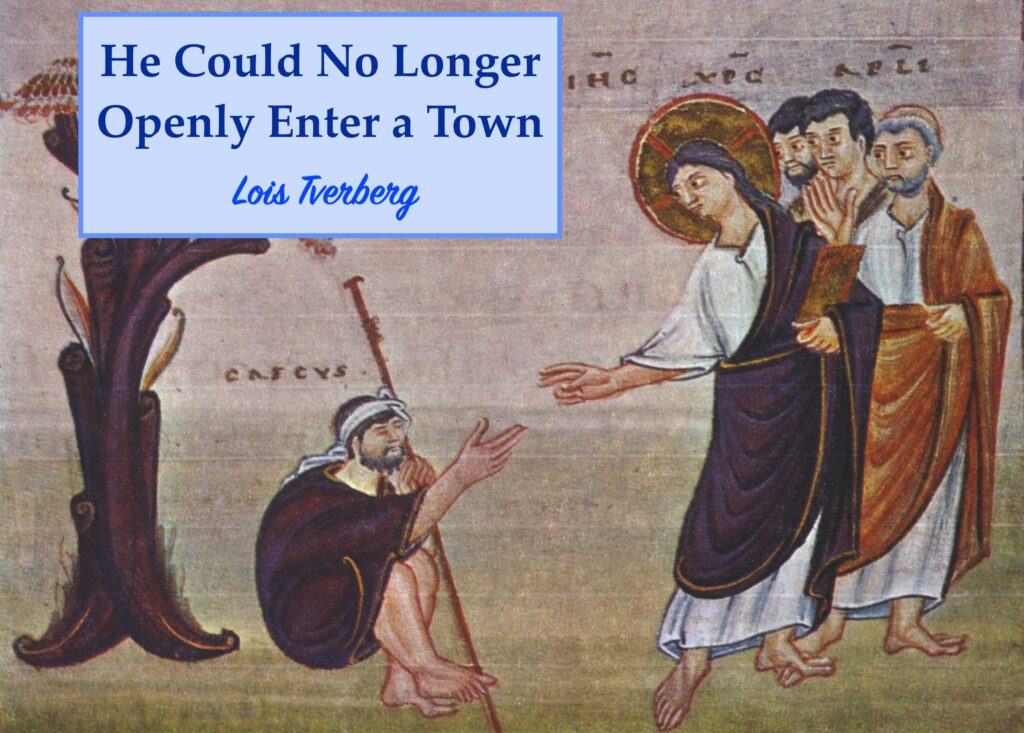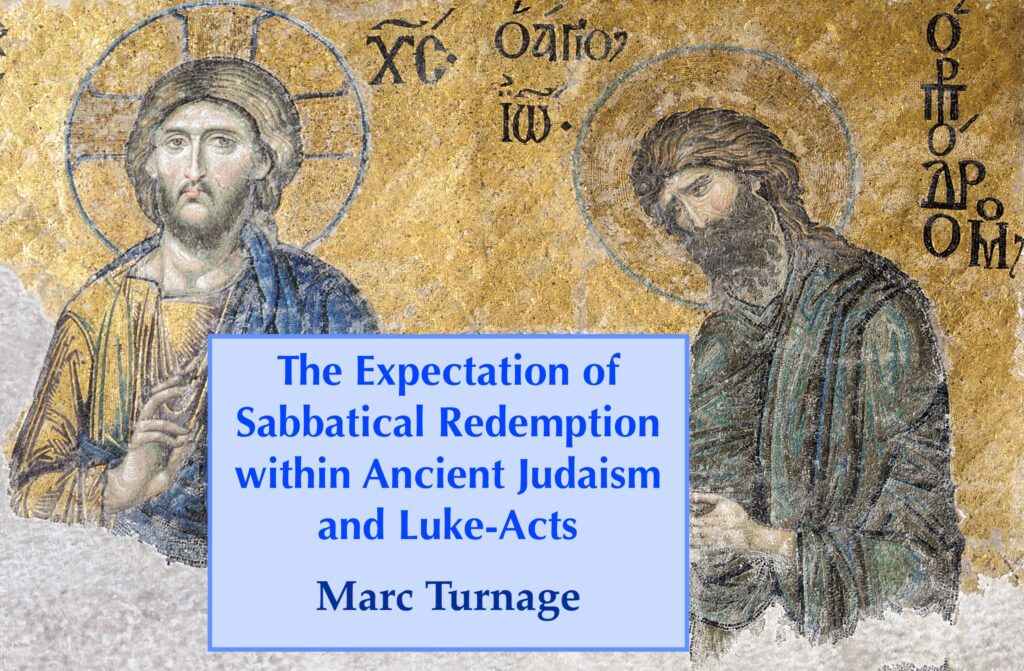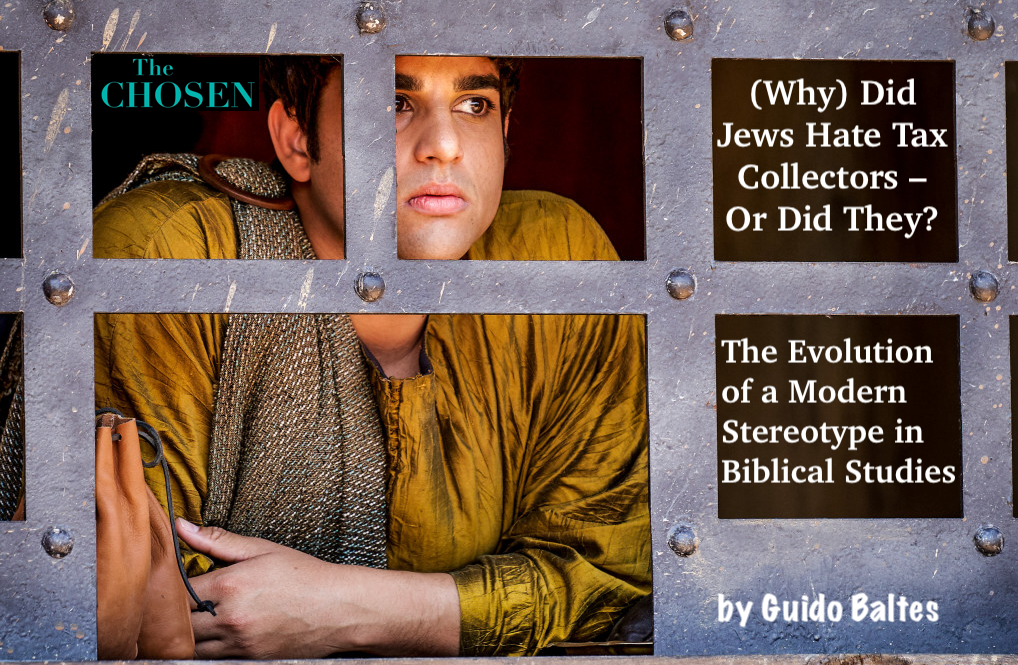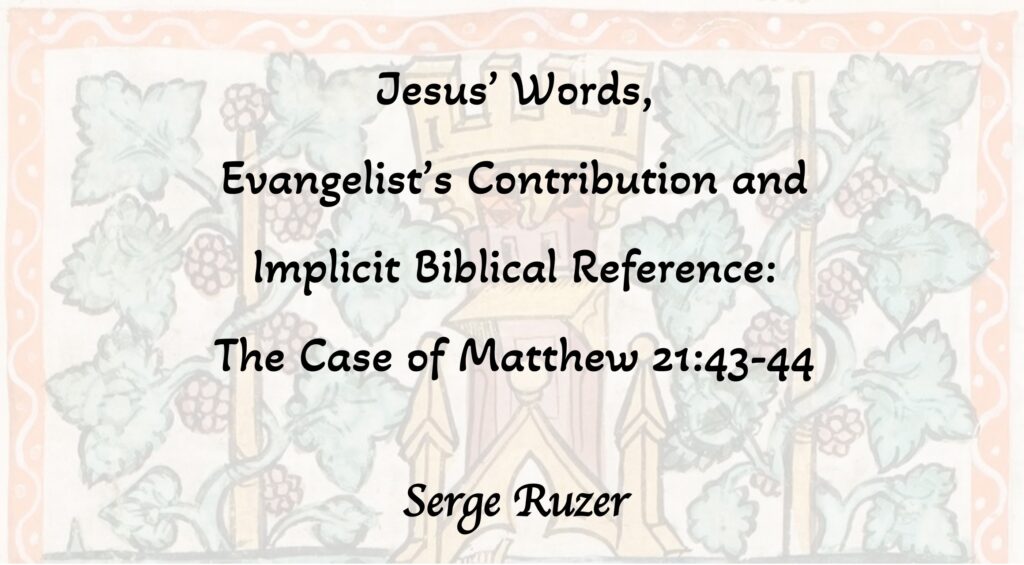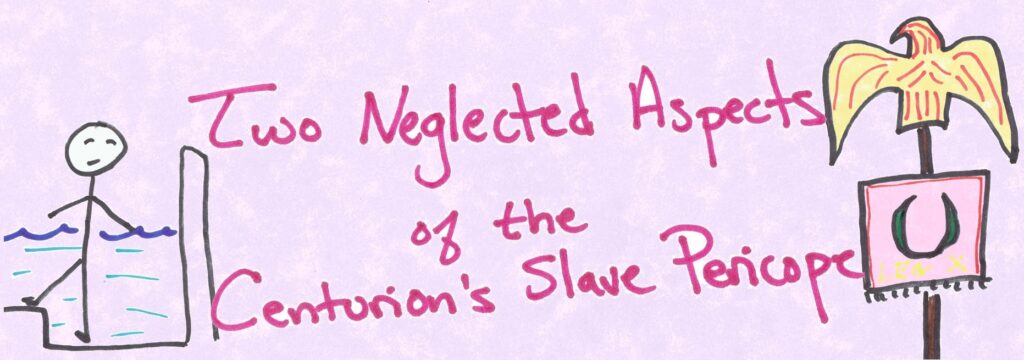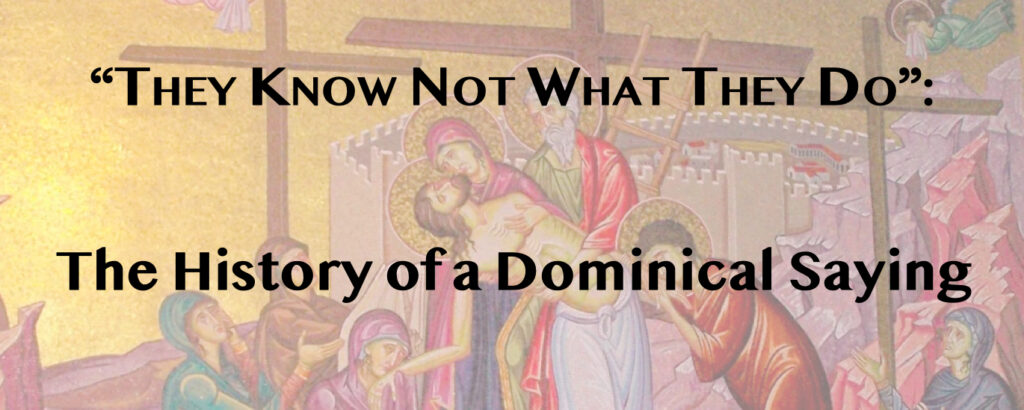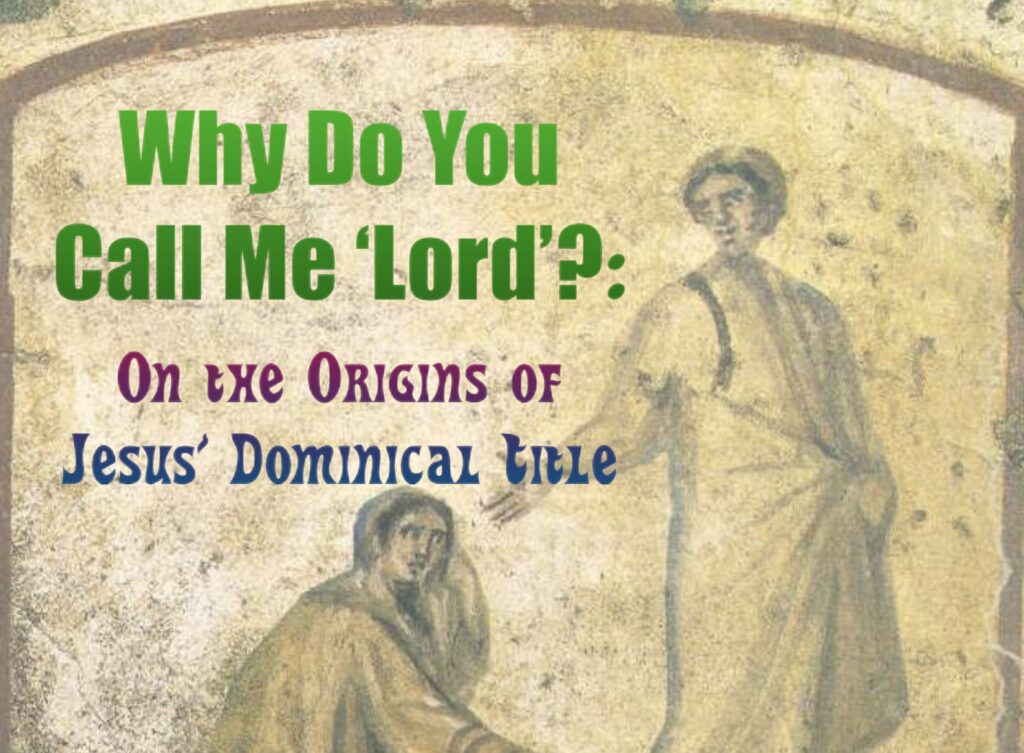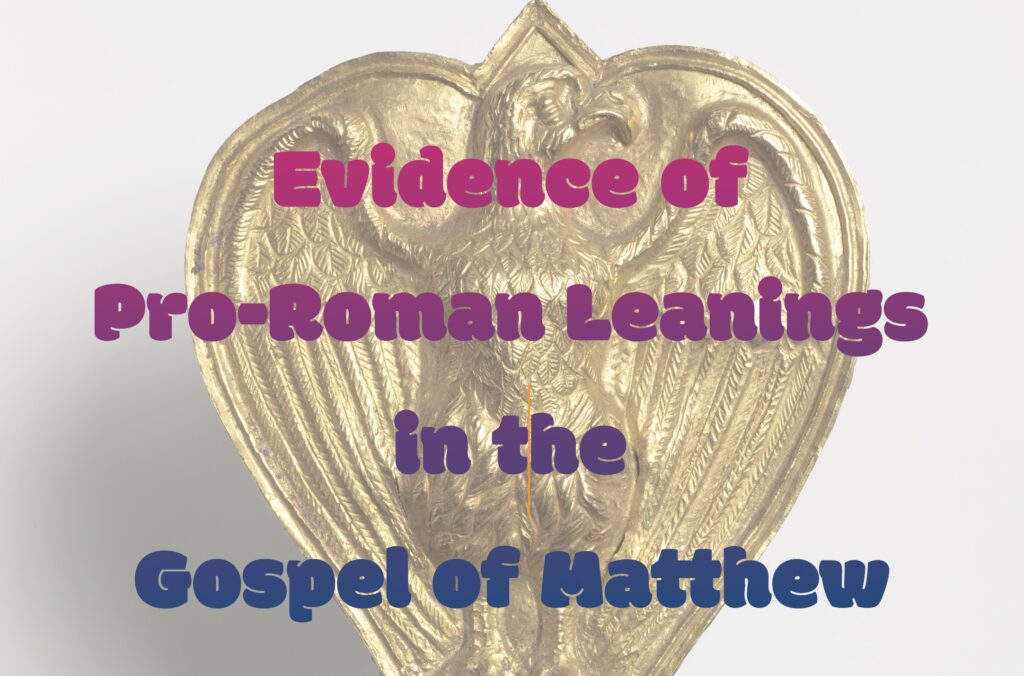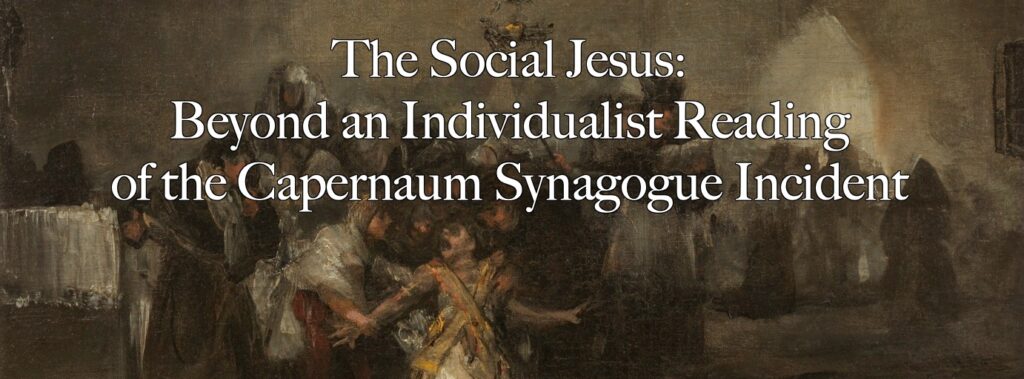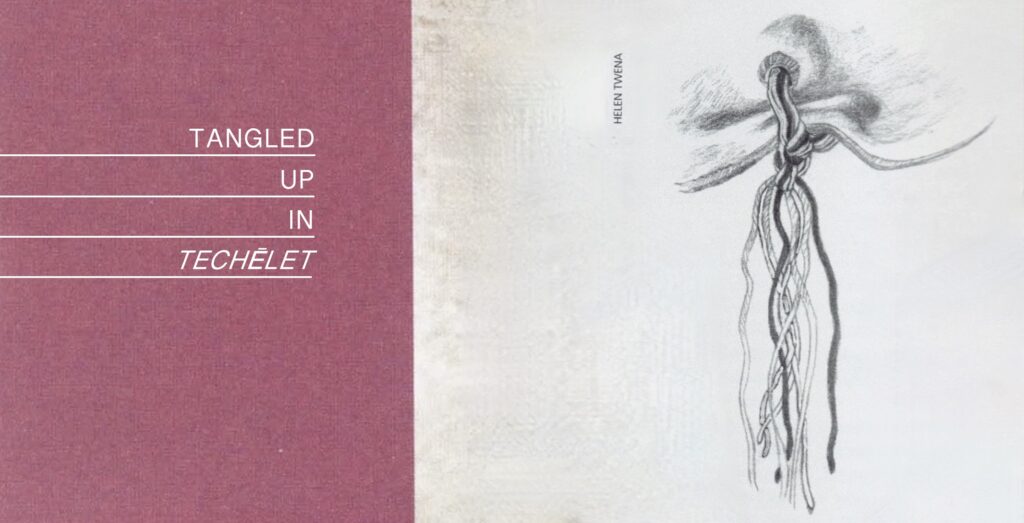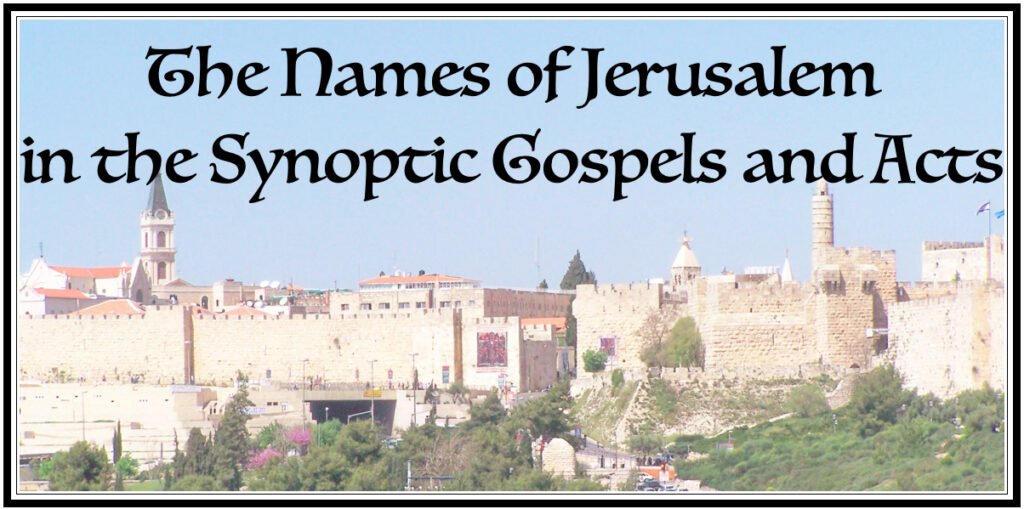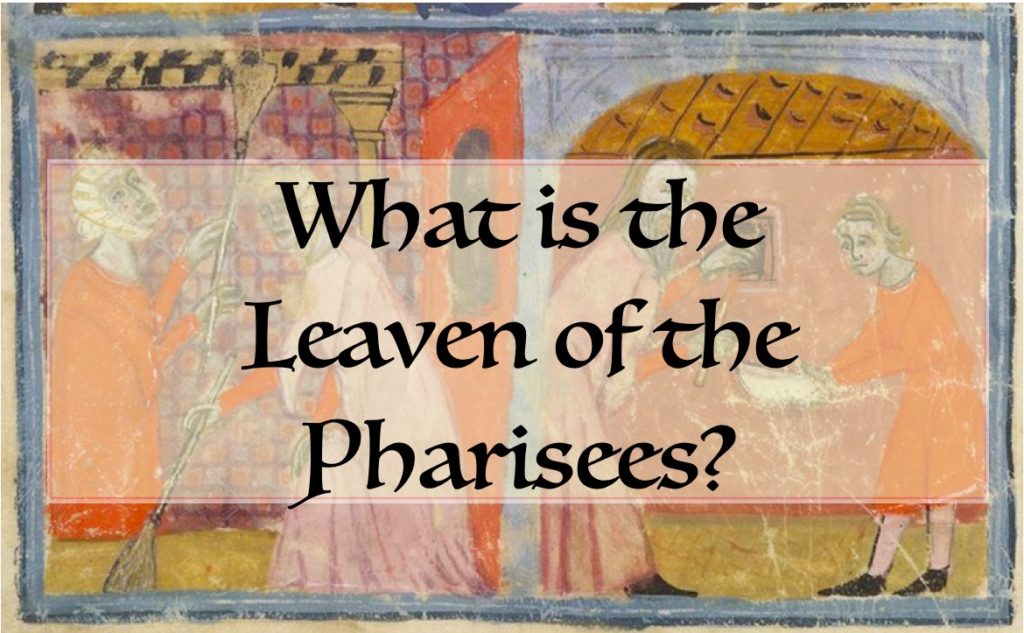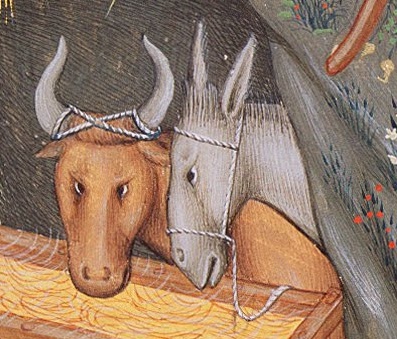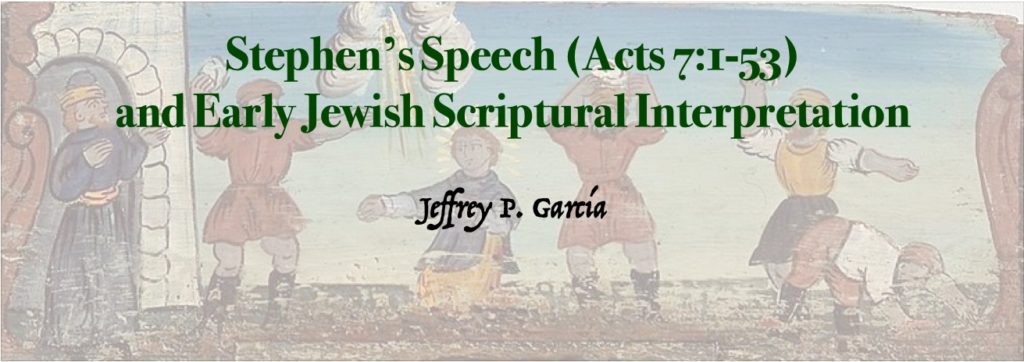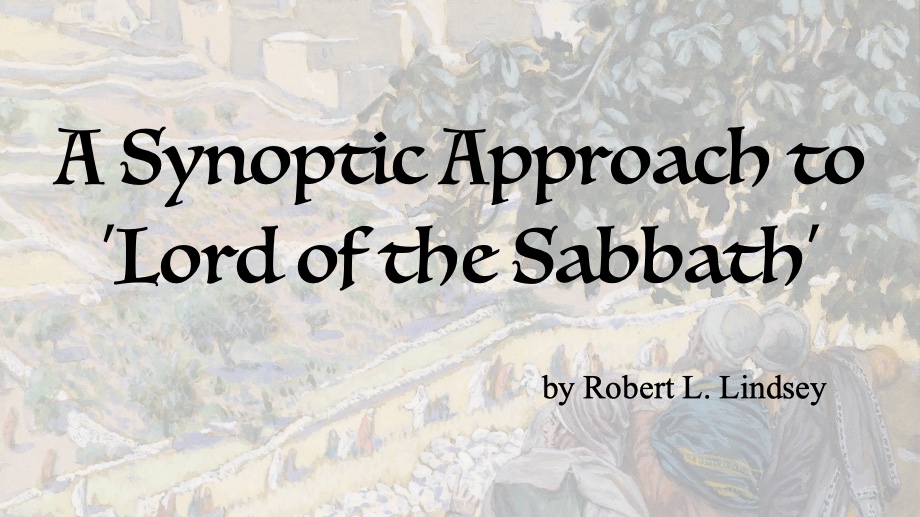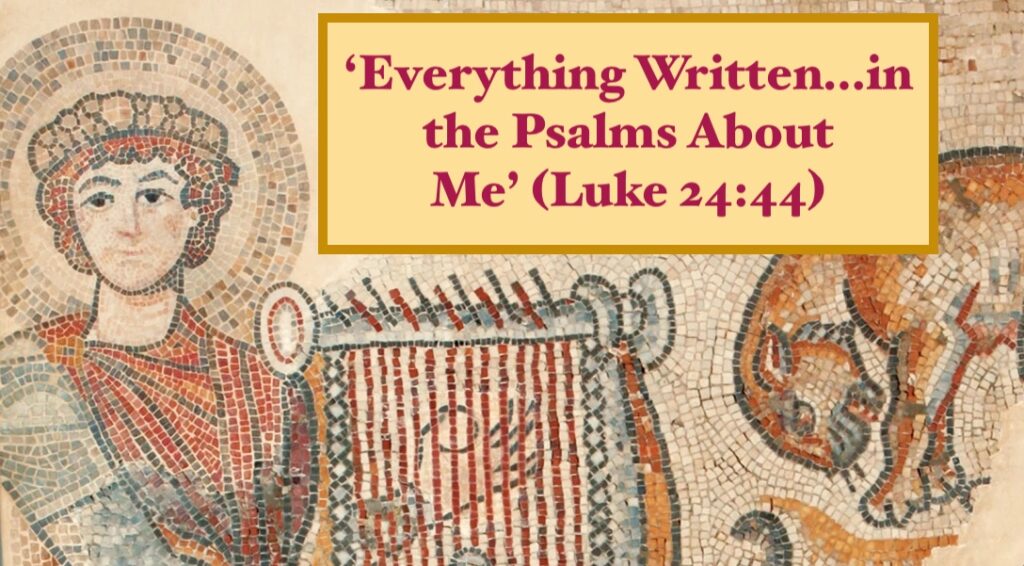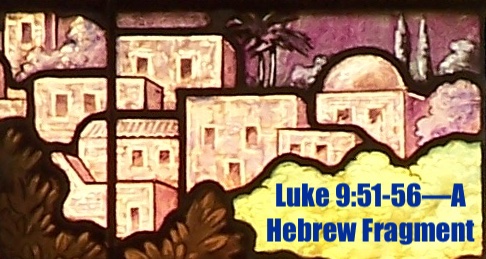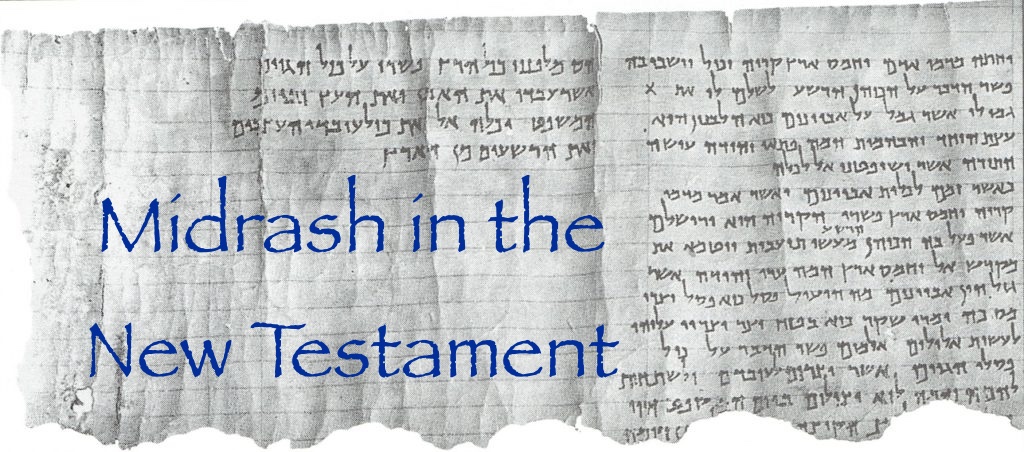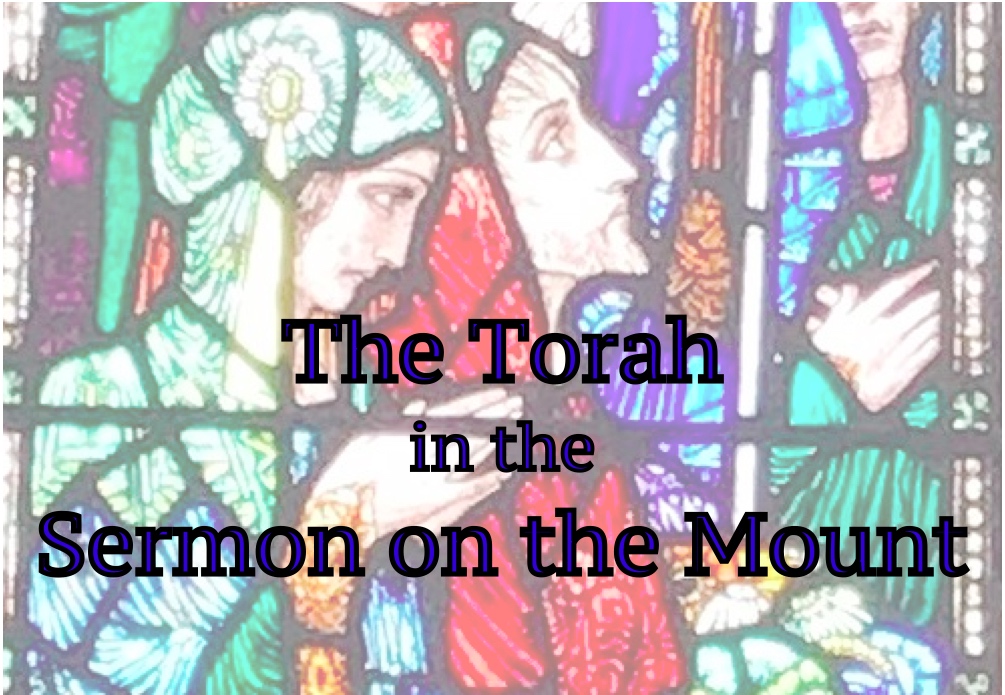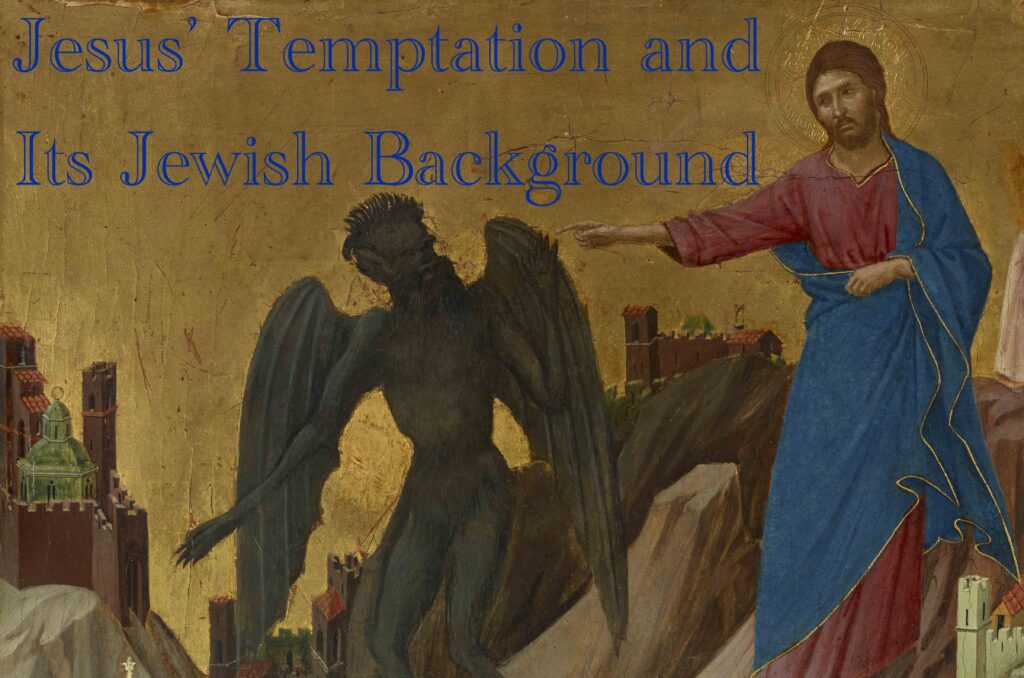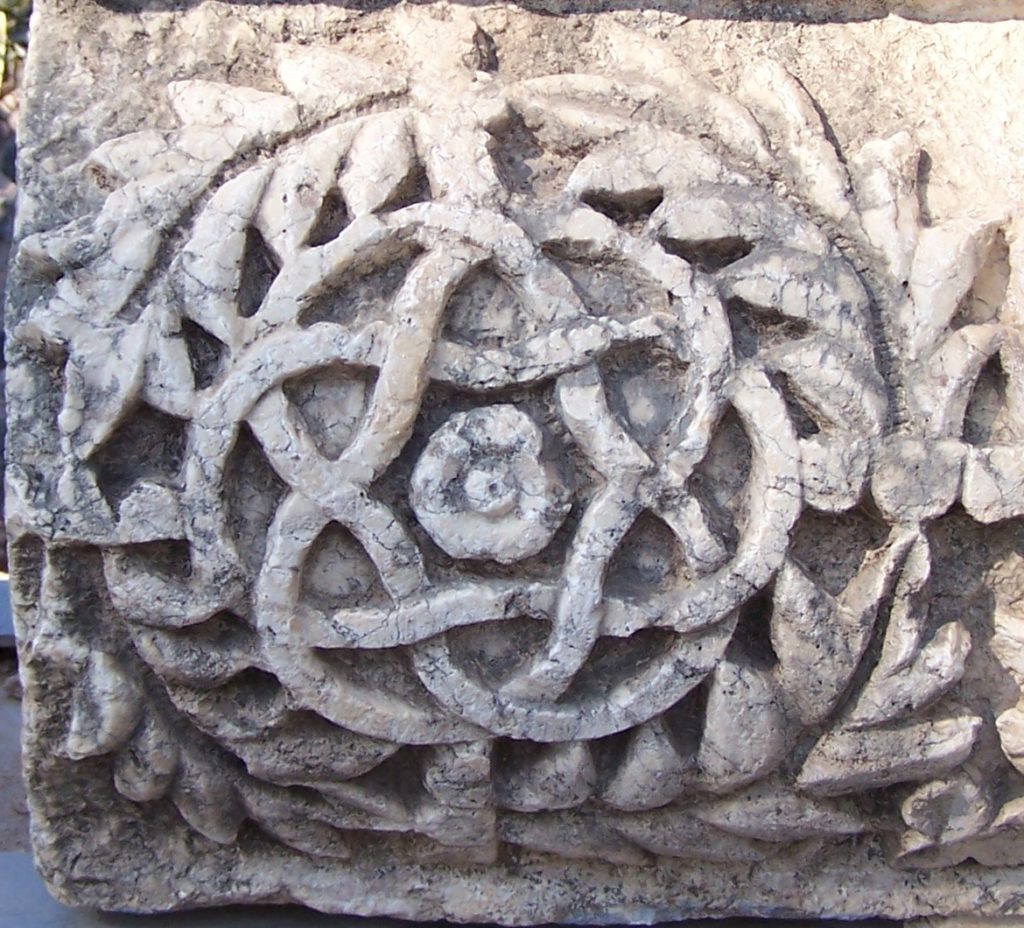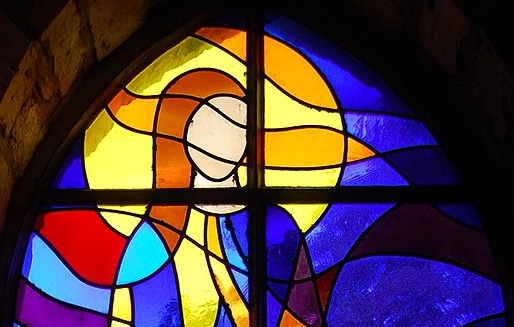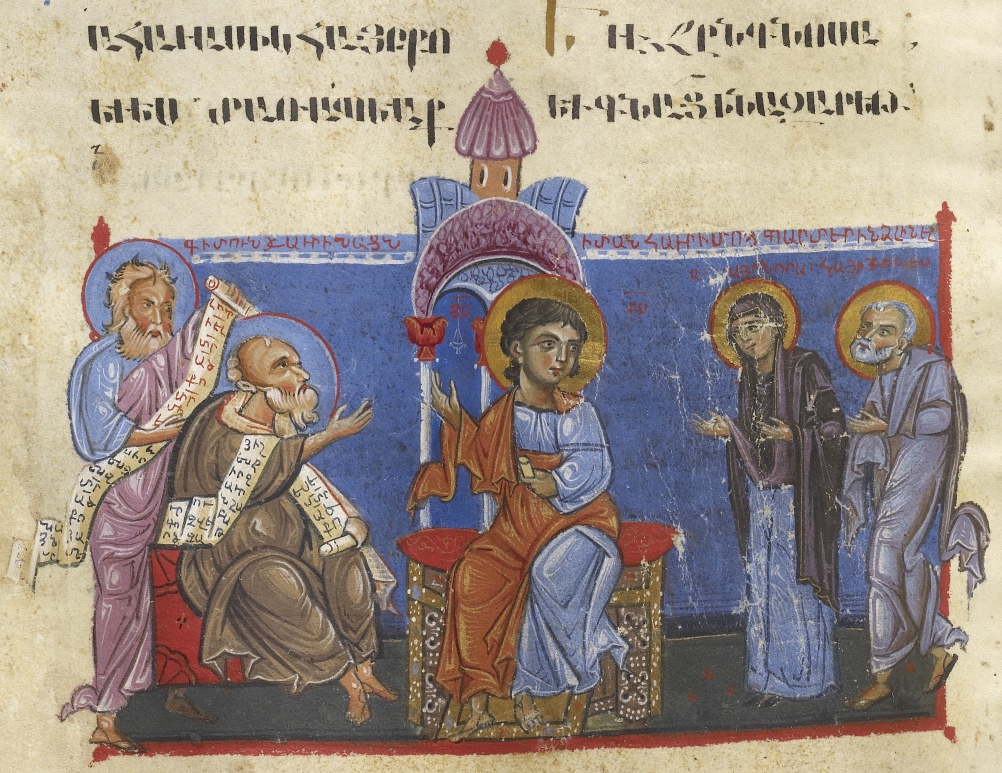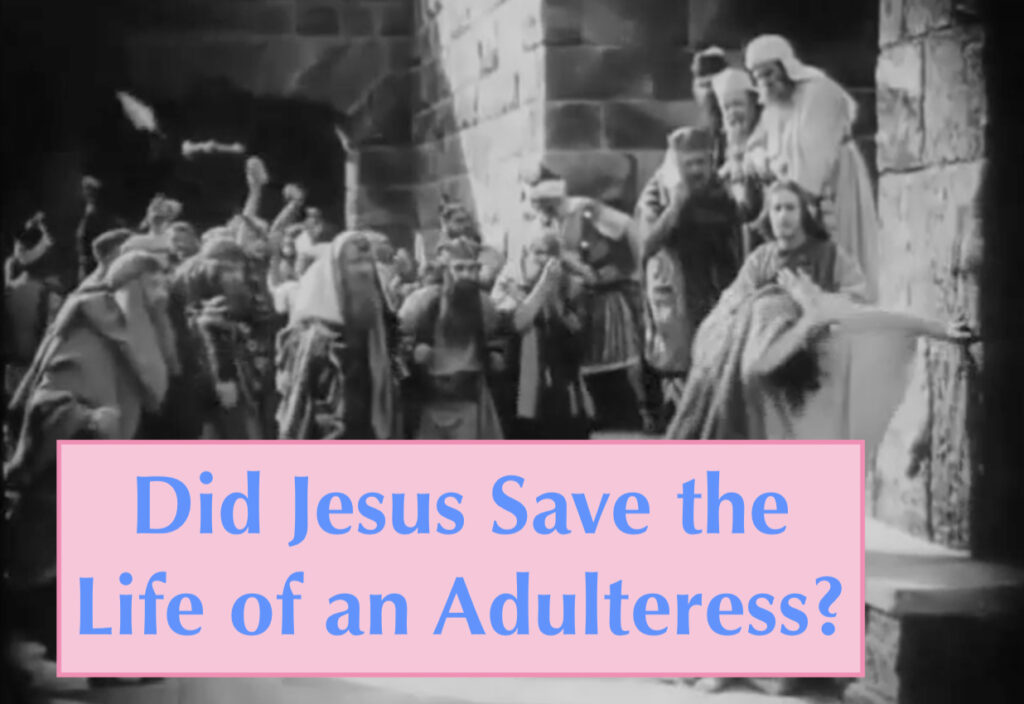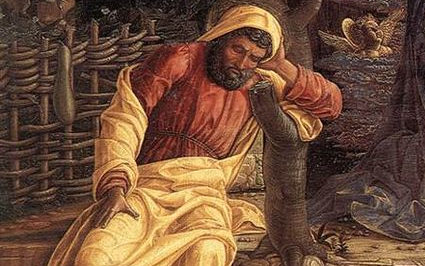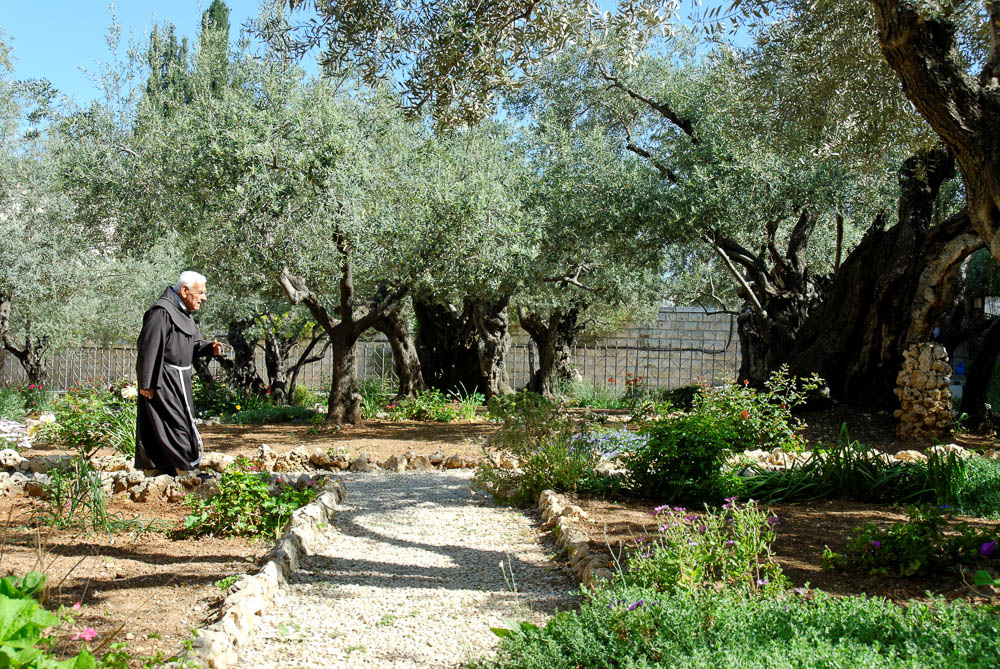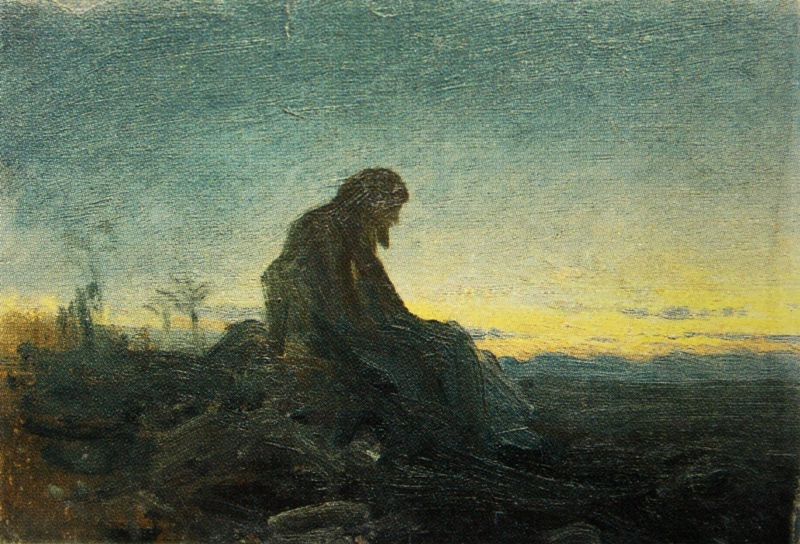Like Every Sparrow Falling: The Symbolism of Sparrows in a Saying of Jesus by Joshua N. Tilton
14Oct2025 The multivalent image of the sparrow in ancient Jewish thought made it a useful vehicle for conveying messages about human and divine relationships.
Better Than the Day of Birth: Reflecting on David Flusser’s Interpretation of the Love Commandment on the 25th Anniversary of His Passing by Moshe Navon
09Oct2025 I regard the twenty-fifth anniversary of David Flusser’s passing not solely as a day of loss, but also as the day that gave him to the world.
25 Years Since David Flusser’s Passing by Serge Ruzer
15Sep2025 Professor Serge Ruzer shares his recollections of Israeli scholar David Flusser on the twenty-fifth anniversary of his death.
The Discomposure of Jesus’ Biography (Reboot): A Modification to Lindsey’s Conjectured Stages of Synoptic Transmission by Joshua N. Tilton
08Sep2025 How did the Hebrew biography of Jesus disintegrate into the isolated pericopae that make up the Synoptic Gospels?
Was the Hemorrhaging Woman Jesus Healed Named Rebekah? by JP Staff Writer
31Jul2025 Is it possible to retrieve the name of the woman who touched Jesus’ tzitzit ?
Did Jesus Raise Jairus’ Daughter from the Dead? by Joshua N. Tilton
16Jul2025 Should readers give more weight to the bystanders’ impressions or to the words Jesus said?
Character Profile: Prostitutes in the Gospels by JP Staff Writer
06Jun2025 Was first-century Jerusalem really crawling with prostitutes, as Jesus’ saying about tax collectors and harlots entering the Kingdom of God seems to suggest?
Purity Halakha in the Story of the Hemorrhaging Woman by Ze’ev Safrai
05Jun2025 Does concern for ritual purity explain why the hemorrhaging woman touched Jesus’ tzitzit ?
Coordinating Ritual and Moral Purity in the New Testament by Joshua N. Tilton
22Feb2025 Taking another look at how John the Baptist, Jesus, and the Apostle Paul related to issues of ritual and moral purity.
Two Kinds of Love in the Story of the Paralyzed Man by Joshua N. Tilton
06Feb2025 Two kinds of love operate in the story of the paralyzed man. One kind of love is inclusive and redemptive, the other is exclusive and destructive. Which kind of love will prove victorious?
Character Profile: Beelzebul by JP Staff Writer
11Oct2024 Get acquainted with this mysterious and sinister figure.
What’s Wrong with Contagious Purity? Debunking the Myth that Jesus Never Became Ritually Impure by Joshua N. Tilton
07Sep2024 The view that Jesus could not be affected by impurity and that Jesus was able to spread his purity to others is based on faulty assumptions and invalid inferences.
The Seven Types of Pharisees and the Fear of God in the Synoptic Gospels by Brad H. Young
31Jul2024 Ancient Jewish sources attest to a debate over which motivation for keeping the commandments—fear or love—was most highly to be esteemed. This debate surfaces, among other places, in the Talmudic discussions of the seven types of Pharisees. These seven types and the debate over love versus fear illuminate important aspects of Jesus’ teaching.
The Sin Against the Spirit: Matt. 12:31-32; Mark 3:28-29; Luke 12:10 by R. Steven Notley
17Jul2024 Jesus’ saying about the sin against the Holy Spirit belongs to developing Jewish ideas regarding the gradation of sin and punishment. It also reflects his high self-awareness.
From the Galilee to Jerusalem: Luke as a Source for the Routes of Jewish Pilgrimage by Jeffrey P. García
17Jul2024 Luke’s Gospel preserves valuable evidence of pilgrimage routes that would have been utilized by Jewish pilgrims in the Second Temple period.
Halakha in the Gospels by Ze’ev Safrai
17Jul2024 The Gospels describe Jesus and his followers as keeping halakha to a relatively high extent; they were a group to whom the law was important.
‘Look at…all the trees’: Trees in the New Testament Gospels by Joshua N. Tilton
17Jul2024 An examination of the role trees play in the New Testament Gospels.
He Could No Longer Openly Enter a Town: A Synoptic Study in Light of an Early Luke by Lois Tverberg
17Jul2024 According to Mark, after one of Jesus’ very first miracles, Jesus would no longer openly approach a town in public, but instead avoided the crowds who continually sought him out.
The Expectation of Sabbatical Redemption within Ancient Judaism and Luke-Acts by Marc Turnage
17Jul2024 Luke-Acts attests to the connection of the movements of John the Baptist and Jesus to ancient Jewish hopes of sabbatical redemption.
(Why) Did Jews Hate Tax Collectors–Or Did They? The Evolution of a Modern Stereotype in Biblical Studies by Guido Baltes
17Jul2024 The popular image of tax collectors ostracized from Jewish society demands a second look.
Jesus’ Words, Evangelist’s Contribution and Implicit Biblical Reference: The Case of Matthew 21:43-44 by Serge Ruzer
17Jul2024 Evidence from Qumran combined with a likely scriptural allusion suggest a non-ethnic interpretation of Matthew’s editorial additions to the parable of the Vineyard and the Tenants.
Two Neglected Aspects of the Centurion’s Slave Pericope by Joshua N. Tilton
24May2024 Ritual impurity and the tensions resulting from Roman imperialism are two aspects of the Centurion’s Slave pericope that often go overlooked.
“They Know Not What They Do”: The History of a Dominical Saying by David Flusser [1917-2000]
17Mar2024 How Luke 23:34 became embroiled in the Church’s conflicted relationship with its Jewish Roots.
Why Do You Call Me ‘Lord’?: On the Origins of Jesus’ Dominical Title by JP Staff Writer
22Feb2024 The confession “Jesus is Lord” is the simplest and earliest Christian creed. But how did referring to Jesus as “Lord” begin?
Evidence of Pro-Roman Leanings in the Gospel of Matthew by Joshua N. Tilton
11Jan2024 Hindsight and political expedience shaped the author of Matthew’s view of the Roman Empire.
Sanctus and Gloria by David Flusser [1917-2000]
03Dec2023 Professor David Flusser investigates the Jewish background of the angel’s song to the shepherds, “Glory to God in the highest….”
The Social Jesus: Beyond an Individualist Reading of the Capernaum Synagogue Incident by Joshua N. Tilton
26Oct2023 In the social reading of the Capernaum Synagogue incident Jesus restores the tattered fabric of the community, exchanging the way things were for a newer and better way.
Tangled up in Te chēlet : Tzitzit (Ritual Tassels) in the Time of Jesus by Joshua N. Tilton
06Jul2023 Although the wearing of tzitzit is enjoined in Scripture, we do not find records of its actual observance until the Second Temple period.
The Names of Jerusalem in the Synoptic Gospels and Acts by JP Staff Writer
01May2023 What can the Greek and Hebrew forms of Jerusalem’s name tell us either about the sources of the Synoptic Gospels and Acts or the audiences to whom these works were addressed?
What Is the Leaven of the Pharisees? by JP Staff Writer
31Jan2023 The Gospels of Matthew, Mark and Luke give three different answers. Which, if any, is original?
Failures of the Aramaic Solution: Aramaic’s Inability to Explain Jesus’ Halachic Questions on the Sabbath (Luke 14:5; Matt. 12:11-12a) by JP Staff Writer
20Nov2022 How well does Aramaic explain Jesus’ sayings on healing on the Sabbath?
Stephen’s Speech (Acts 7:1-53) and Early Jewish Scriptural Interpretation by Jeffrey P. García
14Jul2022 Discover connections between Stephen’s Speech and ancient Jewish literature.
A Synoptic Approach to ‘Lord of the Sabbath’ by Robert L. Lindsey [1917-1995]
24May2022 Listen to Lindsey discuss his approach to the ‘Lord of the Sabbath’ pericope.
‘Everything Written…in the Psalms About Me’ (Luke 24:44) by David Flusser [1917-2000]
18Mar2022 Translation of David Flusser’s, “‘Everything Written…in the Psalms About Me’ (Luke 24:44)” courtesy of WholeStones.org.
Luke 9:51-56—A Hebrew Fragment by David Flusser [1917-2000]
18Mar2022 Translation of David Flusser’s, “Luke 9:51-56—A Hebrew Fragment” courtesy of WholeStones.org.
Midrash in the New Testament by David Flusser [1917-2000]
18Mar2022 Translation of David Flusser’s, “Midrash in the New Testament” courtesy of WholeStones.org.
The Torah in the Sermon on the Mount by David Flusser [1917-2000]
17Mar2022 Neither in his personal conduct, nor in the Sermon on the Mount, did Jesus consider himself to be superior to the Torah’s commandments.
Jesus’ Temptation and Its Jewish Background by David Flusser [1917-2000]
16Mar2022 How Jewish tradition informs our understanding of the temptation narrative.
The Historical Jesus, a Tanna? Charity and Deeds of Loving-Kindness in the Gospels and Early Rabbinic Thought by Jeffrey P. García
25Feb2022 When nearly precise rabbinic parallels to stories and sayings in the Gospels exist, it may indicate that the Gospels are preserving traditions of the early Jesus movement and, perhaps, the historical Jesus.
Teaching with Authority: The Development of Jesus’ Portrayal as a Teacher within the Synoptic Tradition by David Flusser [1917-2000]
06Oct2021 When Jesus’ teaching is falsely portrayed as entirely new, it obscures what in Jesus’ message is truly unique.
Audio JP by JP Staff Writer
15Aug2021 Listen to Joshua Tilton’s JP
Audio JP by JP Staff Writer
08Aug2021 Listen to Joshua Tilton’s JP
Audio JP by JP Staff Writer
30Jul2021 Listen to Ze’ev Safrai’s JP
Audio JP by JP Staff Writer
30Jul2021 Listen to Shmuel Safrai’s JP
Character Profile: Mary Magdalene by Miriam Feinberg Vamosh
10Jun2021 In place of accurate facts about Mary Magdalene, strange ideas and fabulous speculations have arisen that have diminished the true image of one of the most important women in the New Testament.
Notes on the New Testament as a Witness for Broader Jewish Patterns in Jesus’ Times by Serge Ruzer
11May2021 This essay probes a number of Matthean and Lukan contributions to the shared Synoptic narrative, in search of possible reflections of contemporaneous Jewish customs and beliefs with broader circulation.
Did Jesus Save the Life of an Adulteress? by Guido Baltes
23Apr2021 A fresh look at the text and at the historical evidence yields a version of the story of the Woman Caught in Adultery that turns out to be surprisingly different from the way it is usually portrayed.
Joseph’s Silence by Felicia Silcox
11Apr2021 Scripture does not record a single word Joseph ever spoke. But Joseph’s example of quiet faithfulness encouraged others to trust God.
Gospel Postcard: The Garden of Gethsemane by Todd Bolen
08Mar2021 The traditional location of the Garden of Gethsemane is on the lower slopes of the Mount of Olives opposite the Temple Mount and its Golden Gate.
Yeshua’s Testing by David N. Bivin
26Feb2021 The LOY reconstruction and commentary on the story of Jesus’ temptation.

